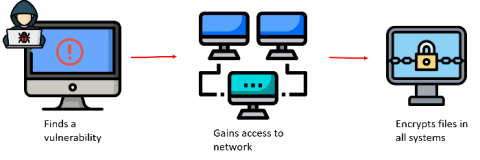The 2021 Ransomware Landscape for Risk Managers (Q&A)
David Klopp, Managing Director in the Cyber Risk practice of Kroll, recently spoke at the first session of PARIMA’s Confident Response Series 2021. The series aims to fine-tune incident response preparedness and help risk managers understand the latest tactics, techniques and procedures from the most successful cybercriminals, leading to deeper collaboration with business partners and mitigation of technical, legal and reputational risks.










